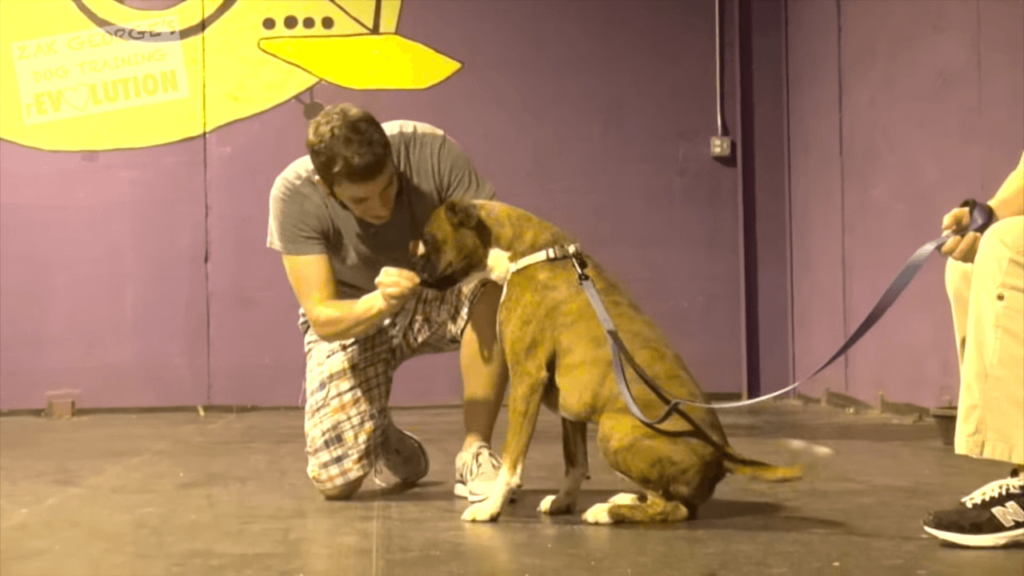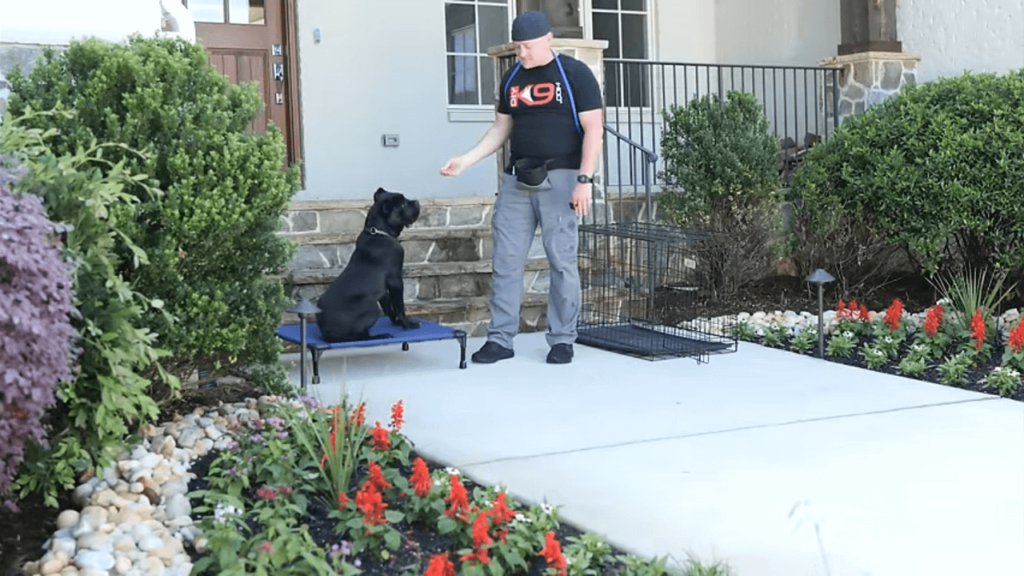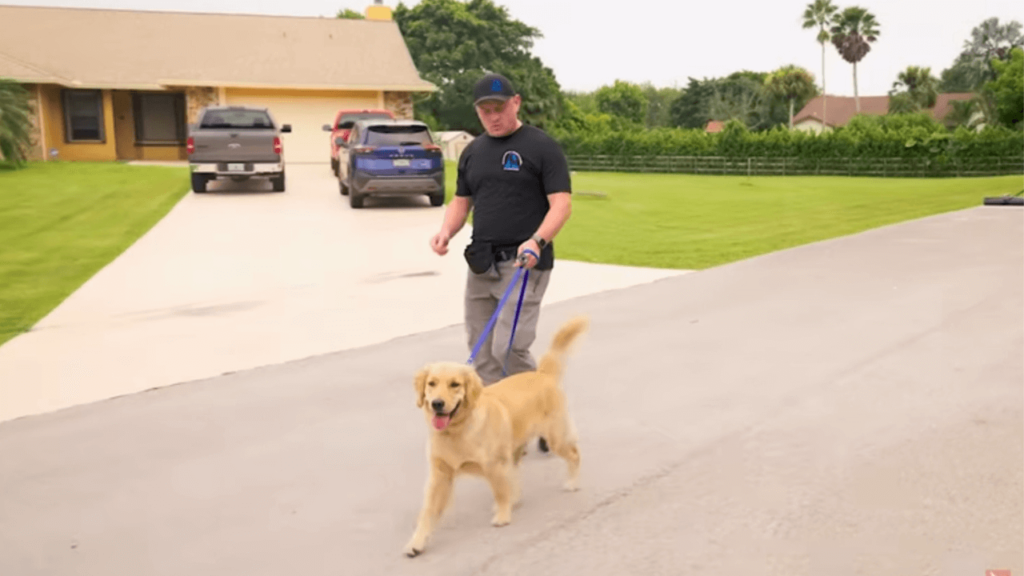Service dogs are vital companions for people with disabilities, providing emotional support and performing essential tasks to improve their quality of life. If you’re in Ireland and wondering if you can train your own service dog, the answer is yes! However, there are specific steps, guidelines, and considerations to follow. In this article, we’ll explore everything you need to know about training your own service dog in Ireland.
What Is a Service Dog?
A service dog is a specially trained dog that assists individuals with physical or mental disabilities. They are trained to perform tasks tailored to the needs of their owner. Examples of tasks include:
- Guiding visually impaired individuals.
- Alerting hearing-impaired individuals to sounds.
- Detecting medical conditions like low blood sugar or seizures.
- Providing emotional support for people with mental health challenges.
Legal Framework in Ireland
Understanding the legal rights and requirements for service dogs in Ireland is crucial. Here’s what you need to know:
- Equality Act 2004:
This law protects individuals with disabilities from discrimination, including ensuring they can access public places with their service dogs. - Assistance Dogs International (ADI) Standards:
While not legally required, adhering to ADI standards ensures your service dog meets global benchmarks. - Public Access Rights:
Service dogs, whether professionally trained or owner-trained, have the right to accompany their handlers in public spaces, provided they behave appropriately.
Can You Train Your Own Service Dog in Ireland?
Yes, you can! However, the process requires dedication, patience, and knowledge. Below, we’ll break down the steps to train your own service dog.
Steps to Train Your Own Service Dog

1. Choose the Right Dog
Not all dogs are suitable for service work. When selecting a dog, consider the following:
| Traits | Ideal Characteristics |
|---|---|
| Temperament | Calm, friendly, and eager to learn |
| Size | Appropriate for tasks (e.g., guide dogs may need to be larger) |
| Health | Free from genetic disorders |
| Breed | Certain breeds like Labrador Retrievers, Golden Retrievers, and Poodles are often ideal |
2. Understand Your Needs
Before starting training, identify the specific tasks your dog needs to perform. Examples include:
- Retrieving objects.
- Opening doors.
- Providing stability support.
- Recognizing anxiety symptoms.
3. Basic Obedience Training
Every service dog must master basic commands. These include:
- Sit
- Stay
- Come
- Down
- Heel
4. Public Access Training
Service dogs must behave appropriately in public. Train your dog to:
- Ignore distractions (e.g., people, food, or noises).
- Remain calm in crowded spaces.
- Walk politely on a leash.
5. Task-Specific Training
This is the most critical step. Teach your dog tasks that directly assist with your disability. For example:
- If you have diabetes, train your dog to detect low blood sugar levels.
- If you have PTSD, train your dog to perform deep pressure therapy during anxiety attacks.
Pros and Cons of Training Your Own Service Dog
| Pros | Cons |
|---|---|
| Cost-effective compared to professional training. | Time-intensive and requires commitment. |
| You can bond closely with your dog. | Requires knowledge of dog training. |
| Customizable to your specific needs. | May face skepticism from the public. |
How Long Does It Take?
Training a service dog can take 1-2 years. Here’s a rough timeline:
- Puppyhood (0-6 months): Socialization and basic obedience.
- Adolescence (6-12 months): Advanced obedience and public access training.
- Adulthood (1-2 years): Task-specific training and refining skills.
Training Tips for Success

- Be Consistent: Train daily and stick to a routine.
- Use Positive Reinforcement: Reward good behavior with treats or praise.
- Seek Professional Guidance: Consult dog trainers or service dog organizations if needed.
- Socialize Your Dog: Expose your dog to different environments, people, and situations.
- Practice Patience: Training takes time, so be patient and persistent.
Support and Resources in Ireland
If you’re unsure about training your dog alone, consider these options:
- Irish Guide Dogs for the Blind: Provides training and support for guide dogs.
- My Canine Companion: Specializes in autism service dogs.
- Dog Trainers: Look for trainers experienced in service dog training.
Alternatives to Training Your Own Service Dog
If training your own service dog feels overwhelming, you can:
- Adopt a Trained Service Dog: Organizations like Irish Guide Dogs offer pre-trained dogs.
- Hire a Professional Trainer: Work with a certified trainer to help you through the process.
- Participate in Group Training: Join service dog training programs for support.
Frequently Asked Questions
1. Do I Need Certification for My Service Dog?
In Ireland, there is no legal requirement for certification, but having documentation can help in public situations.
2. Can Any Dog Be a Service Dog?
While any breed can be trained, the dog must have the right temperament, health, and ability to perform the required tasks.
3. What Are the Costs Involved?
Costs can range from €500 to €2,000, depending on equipment, vet bills, and training resources.
4. Can I Train My Existing Pet to Be a Service Dog?
Yes, but your pet must meet the temperament, health, and training requirements for service work. Some pets may not be suitable due to age, behavior, or health conditions.
5. Are There Any Age Restrictions for a Service Dog?
Most service dogs begin training as puppies. Adult dogs can be trained, but older dogs may have limited physical ability or adaptability.
6. How Do I Prove My Dog Is a Service Dog?
In Ireland, there is no official certification required. However, you can carry documentation or ID cards from training programs to avoid misunderstandings.
7. Can I Travel Internationally With My Service Dog?
Yes, but you’ll need to meet the requirements of the destination country, such as vaccination records and pet passports. Airlines may also have specific policies.
8. What Equipment Is Needed for a Service Dog?
Common equipment includes:
- A harness or vest (optional but helpful for identification).
- Leash and collar.
- Training tools like clickers or treat pouches.
9. Are There Any Restrictions on Breeds for Service Dogs?
No breed is excluded from becoming a service dog, but some breeds are better suited due to their temperament, size, and trainability.
10. What Are the Signs My Dog Is Ready for Public Access?
- Responds reliably to all basic commands.
- Remains calm in busy or noisy environments.
- Ignores distractions like food, people, or other animals.
- Demonstrates consistent good behavior.
Conclusion
Training your own service dog in Ireland is a rewarding journey, but it requires time, dedication, and effort. By following the steps outlined in this guide, you can create a loyal, well-trained companion to help with your unique needs. Whether you choose to train your dog independently or with professional assistance, the bond you build will be worth every moment spent.
If you have any questions or need further guidance, reach out to local service dog organizations or trainers for support.

Hi, I’m Tanvir, the founder and author of Explore Ireland Now. With a deep love for Ireland and its rich culture, history, and landscapes, I created this site to share everything that makes this beautiful country worth exploring. Whether you’re a local looking for hidden gems or a traveler planning your next adventure, I provide insightful guides, tips, and recommendations to help you experience Ireland to the fullest.
From stunning landscapes to vibrant cities and quaint villages, Ireland is full of wonders waiting to be discovered. Through my personal experiences and research, I aim to bring you the most up-to-date information and inspiration for your journey.
Thank you for visiting Explore Ireland Now—I hope my content helps you uncover all that this incredible country has to offer! If you have any questions or need travel advice, feel free to reach out.



